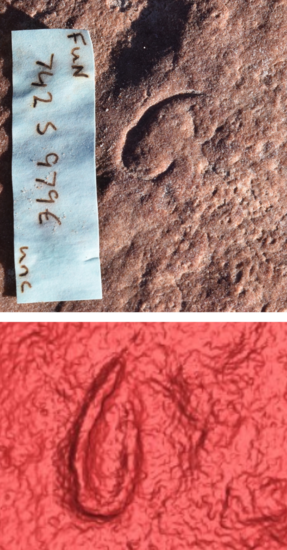2024-11-18 リンショーピング大学
<関連情報>
- https://liu.se/en/news-item/new-discovery-about-pain-may-contribute-to-better-treatment
- https://www.science.org/doi/10.1126/sciadv.adp6665
電位依存性Gタンパク質によるCaV2.2(N型)チャネルの制御 Voltage-dependent G-protein regulation of CaV2.2 (N-type) channels
Michelle Nilsson, Kaiqian Wang, Teresa Mínguez-Viñas, Marina Angelini, […], and Antonios Pantazis
Science Advances Published:11 Sep 2024
DOI:https://doi.org/10.1126/sciadv.adp6665

Abstract
How G proteins inhibit N-type, voltage-gated, calcium-selective channels (CaV2.2) during presynaptic inhibition is a decades-old question. G proteins Gβγ bind to intracellular CaV2.2 regions, but the inhibition is voltage dependent. Using the hybrid electrophysiological and optical approach voltage-clamp fluorometry, we show that Gβγ acts by selectively inhibiting a subset of the four different CaV2.2 voltage-sensor domains (VSDs I to IV). During regular “willing” gating, VSD-I and -IV activations resemble pore opening, VSD III activation is hyperpolarized, and VSD II appears unresponsive to depolarization. In the presence of Gβγ, CaV2.2 gating is “reluctant”: pore opening and VSD I activation are strongly and proportionally inhibited, VSD IV is modestly inhibited, while VSD III is not. We propose that Gβγ inhibition of VSDs I and IV underlies reluctant CaV2.2 gating and subsequent presynaptic inhibition.


